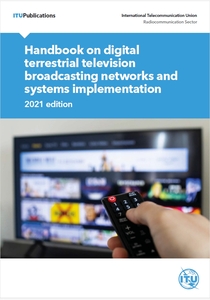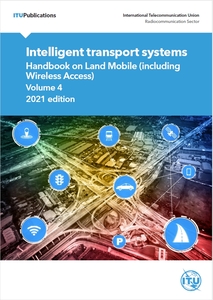Applied filter:
English(E) RULES OF PROCEDURE ED 2021
CHF 200.00
ID 44029
Rules of Procedure (2021)
Language: English
Format: Hard Copy
Final Acts World radiocom WRC-2003
CHF 120.00
ID 24404
Final Acts - WRC-03, Geneva (Geneva, 2003)
Language: English
Format: Hard Copy
National Spectr Management 2005 + Corr
CHF 73.00
ID 27444
National Spectrum Management (2005)
Language: English
Format: Hard Copy
Handbook on Digital Terrestrial Televisi
CHF 213.00
ID 100044428
Handbook on Digital Terrestrial Television Broadcasting networks and systems implementation (2021)
Language: English
Format: Pdf
Methods for determining national long-te
CHF 11.00
ID 100014335
Methods for determining national long-term strategies for spectrum utilization
Language: English
Format: Pdf, Win Word
Spectrum Monitoring Handbook 2011
CHF 230.00
ID 36355
Spectrum Monitoring (2011)
Language: English
Format: Hard Copy
(E) Report of the CPM to WRC-19, (2019)
CHF 240.00
ID 42750
Report of the CPM to the WRC-19 (2019)
Language: English
Format: Hard Copy
BSS systems for the 40.5-42.5 GHz band
CHF 20.00
ID 100014331
BSS systems for the 40.5-42.5 GHz band
Language: English
Format: Win Word, Pdf
(E)Guidance Bilateral/Multi. Discussions
CHF 49.00
ID 39628
Guidance for bilateral/multilateral discussions on the use of frequency range 1 350 MHz - 43.5 GHz by fixed service systems (Edition of 2015)
Language: English
Format: Hard Copy
(E) Land Mobile - Vol 4 - 2021
CHF 86.00
ID 44035
Land Mobile (including Wireless Access) - Volume 4: Intelligent Transport Systems (2021)
Language: English
Format: Hard Copy
Measuring the input parameters for the r
CHF 9.00
ID 100032846
Measuring the input parameters for the radiative energy transfer model of vegetation attenuation
Language: English
Format: Pdf, Win Word, Hard Copy


